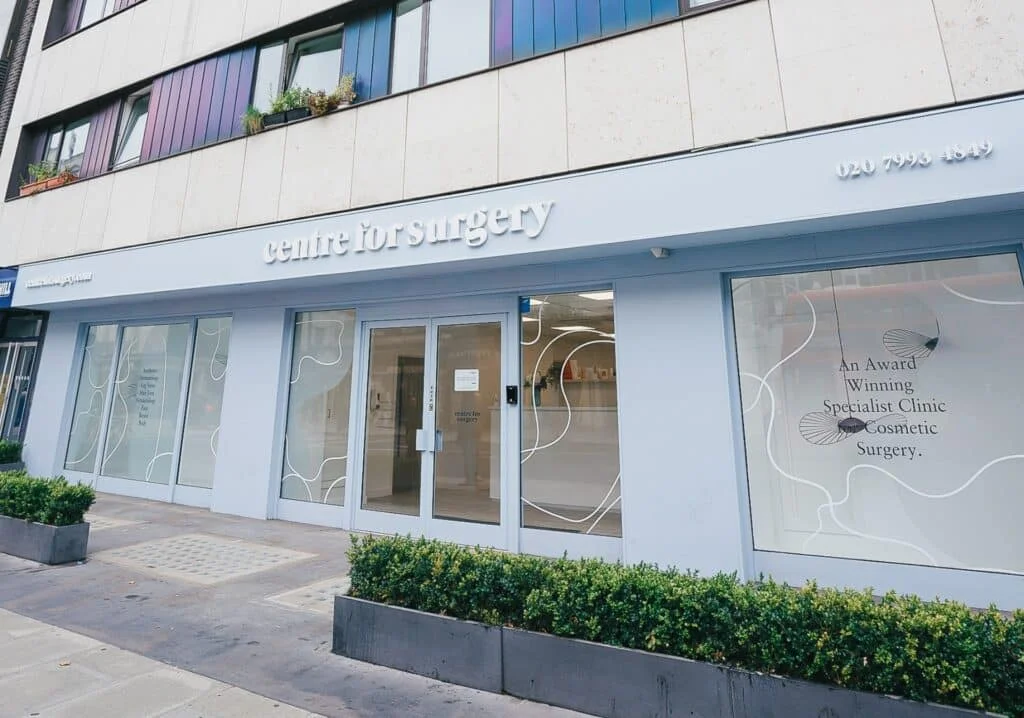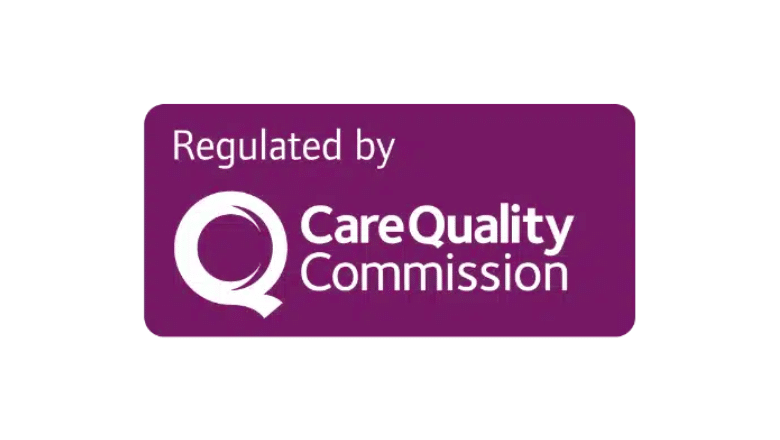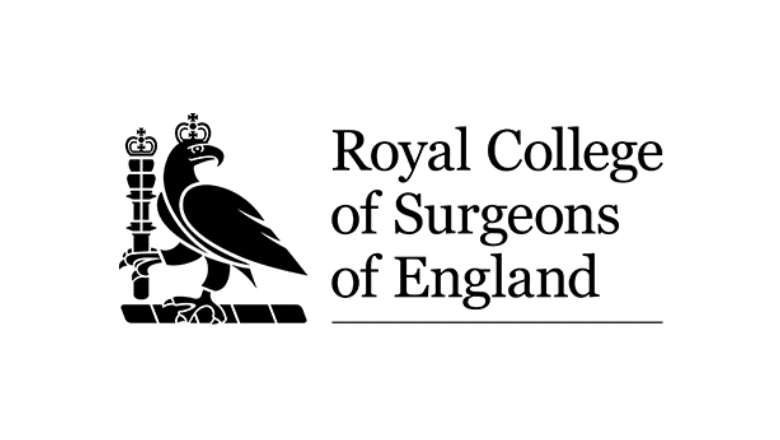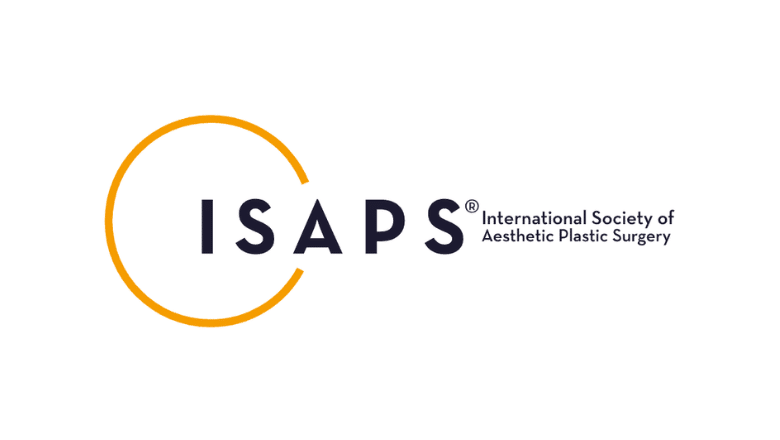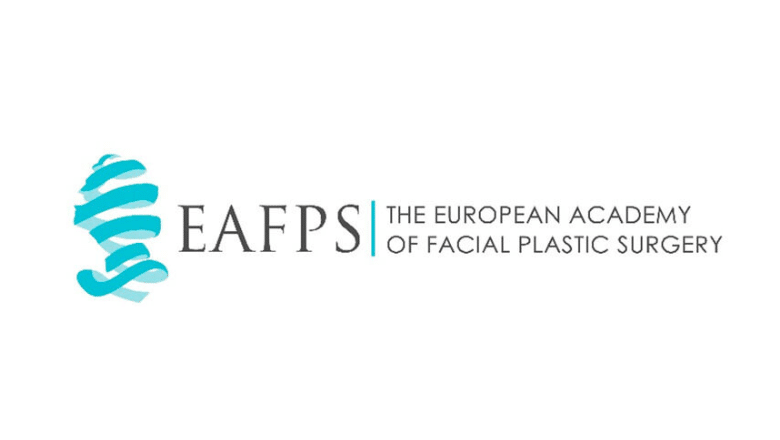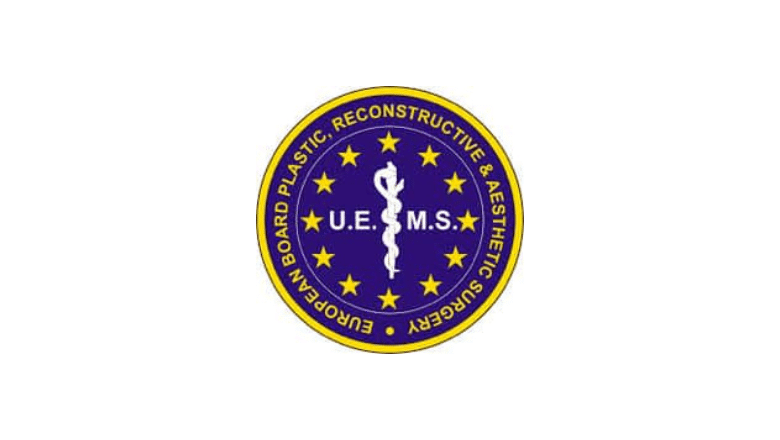
Forehead reduction surgery or hairline lowering offers a transformative change that sticks with you for life. By shifting your hairline closer to your eyebrows, it makes your forehead appear smaller. It’s an enduring solution, but there’s a twist. If you start to lose hair at your hairline, possibly due to genetics or other reasons, your forehead might seem to grow again. But don’t be misled – your forehead’s size isn’t actually increasing. Instead, the gap between your eyebrows and hairline might become more noticeable due to hair loss.
To keep your results looking their best, staying on top of your hair health is crucial. Speak with your doctor about the best ways to maintain your hair, which might include prescribed medications or specific treatments like laser or light therapy. This proactive approach ensures that you can enjoy the benefits of your forehead reduction surgery for years to come, without letting hair loss cloud the outcome.
Is forehead reduction surgery painful?
Many might assume that forehead reduction surgery, a procedure that involves adjusting your hairline closer to your brows, would be quite painful due to its nature. However, the reality often defies expectations. Most individuals who undergo this surgery report that the discomfort is far less than they anticipated. Despite involving both the face and scalp in its process, the procedure is surprisingly bearable.
RELATED: Forehead Reduction Surgery
The idea of undergoing surgery can indeed be daunting, particularly when it concerns areas as sensitive as the face and scalp. Yet, the feedback is overwhelmingly positive regarding pain management, with many patients noting they didn’t even need to use all the pain medication prescribed to them. While there may be some numbness felt on the top of the head, which could feel peculiar during routine activities like washing or brushing your hair, actual pain is reportedly minimal. This insight offers reassurance to those considering the surgery, highlighting that the fear of pain should not deter them from achieving their aesthetic goals.
How much does forehead reduction surgery cost?

When considering forehead reduction surgery, one of the primary concerns for many is the cost associated with such a transformative procedure. At Centre for Surgery in London, we understand that the financial aspect is a crucial part of your decision-making process. The price of undergoing forehead reduction surgery with us is influenced by a range of factors, each contributing to the overall cost to ensure you receive the highest standard of care.
Your surgeon’s expertise and experience play a significant role in determining the cost. Our team comprises highly skilled surgeons renowned for their proficiency and dedication to achieving the best outcomes for our patients. Alongside this, the extent of surgical correction required for your individual case also impacts the price. The more complex the surgery, involving detailed adjustments to your hairline and scalp, the more resources and time are needed, which is reflected in the cost.
On average, the price range for forehead reduction surgery at our clinic varies from £6000 to £9000. This range is indicative and can vary depending on each patient’s specific needs and the complexity of their case. For individuals with tighter scalps requiring additional interventions, such as tissue expander implants, the cost may exceed the upper limit of this range. These implants allow for the safe and effective stretching of the scalp to facilitate the reduction procedure, ensuring optimal results.
Understanding what is included in the cost of your surgery is vital. We encourage you to get in touch with our patient coordinator team, who are readily available to provide detailed information regarding the surgery, what the costs cover, and any other enquiries you may have. This step ensures transparency and helps you make an informed decision without any surprises.
Furthermore, to make this life-enhancing surgery more accessible, Centre for Surgery is proud to offer 0% finance options through Chrysalis Finance. This initiative is designed to ease the financial burden by allowing you to spread the cost over a period that suits you, making the dream of achieving your desired aesthetic a reality.
Reach Out to Discover More About Forehead Reduction Surgery
Are you contemplating forehead reduction surgery and curious about its suitability for your unique needs? Centre for Surgery in London invites you to get in touch with us today. Our dedicated team is on hand to provide you with all the information you need about this transformative procedure. Whether you’re seeking to understand the process, the benefits, the costs, or simply wondering if this is the right choice for you, we’re here to help.
By contacting us, you’ll gain access to expert advice, tailored information, and the opportunity to ask any questions you may have. Our patient coordinator team is committed to ensuring you receive a comprehensive understanding of what forehead reduction surgery entails, the expected outcomes, and how we can support you before, during, and after the procedure.
Don’t let uncertainty hold you back from exploring the possibilities that forehead reduction surgery can offer. Whether you’re looking for a subtle change or a significant transformation, our experienced surgeons are skilled in creating natural-looking results tailored to each patient’s individual desires and anatomical features.
To learn more about whether forehead reduction surgery is the right path for you, and to discuss your aesthetic goals and concerns, please reach out to us. We’re here to guide you through every step of the process, ensuring a smooth, informed, and positive journey towards achieving the look you desire.
Contact Centre for Surgery today, and take the first step towards a more confident you.
